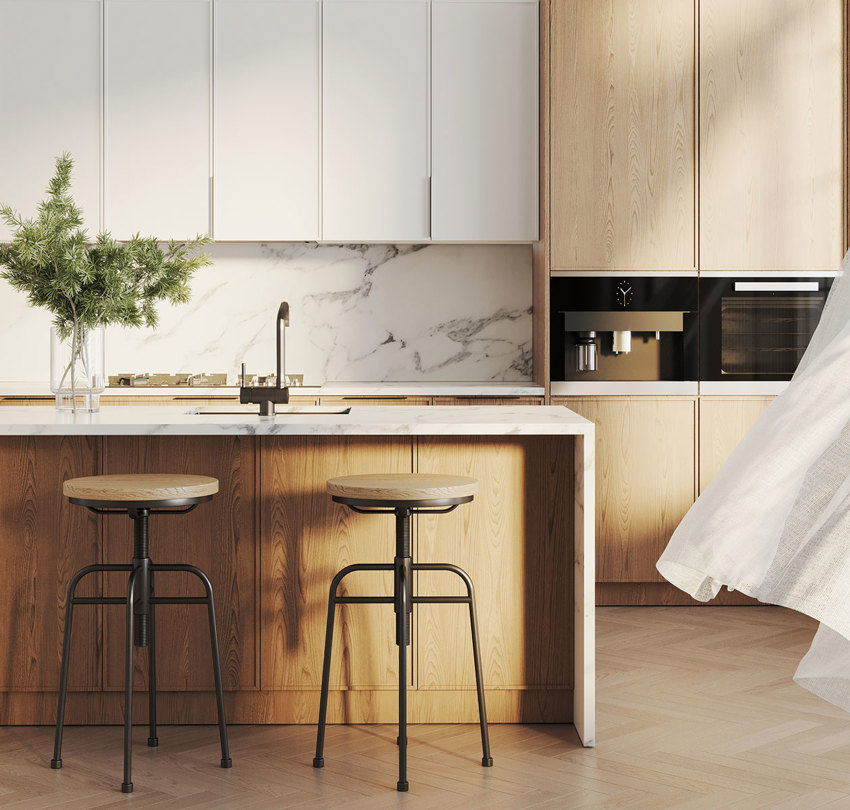Air Velocity

What about air velocity?
Air molecules move at different speeds, in different directions and collide more or less randomly. Under standard pressure and temperatures, it is helpful to think of air as molecules rather than as a continuum or a medium. Taking that approach, we then need to define physical dimensions like pressure, temperature and velocity. In this context, air velocity is defined as the mass-weighted mean speed of the molecules in the air.
Understanding the physics of air velocity
Air is a gas that mainly consist of nitrogen and oxygen. Both nitrogen and oxygen are present in the air as diatomic molecules, N2 and O2. These molecules move around at random, collide both with each other and the surfaces that surround the air, e.g. the walls of a room. During these collisions, the molecules exchange energy with each other. This energy will affect how fast a molecule moves, and in what direction. It may also influence on how the atoms in each molecule rotate or vibrate next to each other. These energies are a metric for the air temperature.
Learn more about air velocity

What happens to air velocity in a room?
Air velocity, its mean value, and the turbulence intensity of the air in the room influence our perception of the indoor thermal comfort.
Learn more about air velocity in a room
How to avoid problems with air velocity
Air velocity arises indoors in response to movement in the room, temperature differences, ventilation flow, fans, etc. Achieving the ideal draught-free indoor climate means planning and taking into account the placement of ventilation fixtures and of where temperature variations are likely to occur in the room.
Find out more

Swegon solutions
We have a wide range of products and solutions which are designed and developed for supplying air to a room or building. Depending on the application, the demand for air flow, cooling and more, different solutions for ventilation flow may be prefered. That is why our products differ in design and in how they are used.


